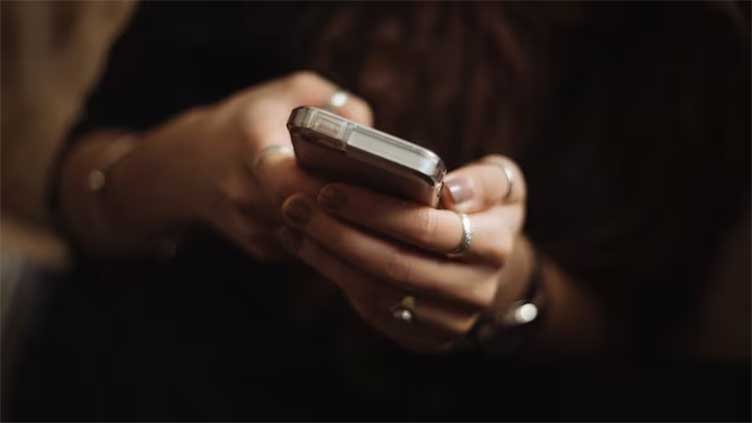Online money transfer gone wrong? Here's what you can do

Business
Online transactions can be completed in a matter of seconds
(Web Desk) - If you find yourself in the unfortunate situation of making an incorrect bank transfer, panic should not be your first response. Here's all you need to know.
In the era of digital banking, online transactions can be completed in a matter of seconds, but with the convenience comes the risk of human errors, such as entering an incorrect account number or a wrong recipient's name.
If you find yourself in the unfortunate situation of making an incorrect bank transfer, panic should not be your first response. A Business Today report, quoting Adhil Shetty, CEO of BankBazaar.com, provides clarity on the steps that can be followed to rectify the error and get the money back.
The first step is to verify the transaction details, including the recipient's account number and transfer amount. If you notice any discrepancies, contact your bank's customer service immediately.
Adhil Shetty, CEO of BankBazaar.com, told the publication that if the transfer has been made to a non-existent account, the transaction will be reversed automatically.
"If the account number to which you have made the transfer does not exist, the transaction will be automatically reversed. In case of any delay, your bank can help speed up the process,” he said.
However, if the account number exists and the beneficiary’s name is different, inform your bank. You have to furnish proof to the bank that you have made an error and transferred it to an unintended beneficiary.
The bank will then contact the unintended beneficiary and request the amount to be returned due to evidence of an erroneous transfer.
The situation becomes complicated if the unintended beneficiary’s name is the same as the person you wanted to make the transfer.
If the money is credited to the account of an unintended beneficiary with the same name as your intended beneficiary, you may need to prove the transfer was wrong before the bank can assist, according to Shetty.
He noted that most banks follow the "wrong recipient's consent" policy, where your bank contacts the wrong recipient's bank, seeking their consent to return the funds. If the other party agrees, a refund is initiated.
Shetty goes on to add that the most important thing to understand is that if a transaction has been made from your end, the bank has no way to reverse it from its end without approval from the beneficiary. “It can only act as a facilitator,” Shetty adds.
If nothing works out – wrong recipient is unresponsive or unwilling to return the funds – legal recourse might be your last option.
"There is very little legal recourse available apart from sending a legal notice to the unintended beneficiary for the return of funds unless you have a written statement from the unintended beneficiary,” Shetty noted.


